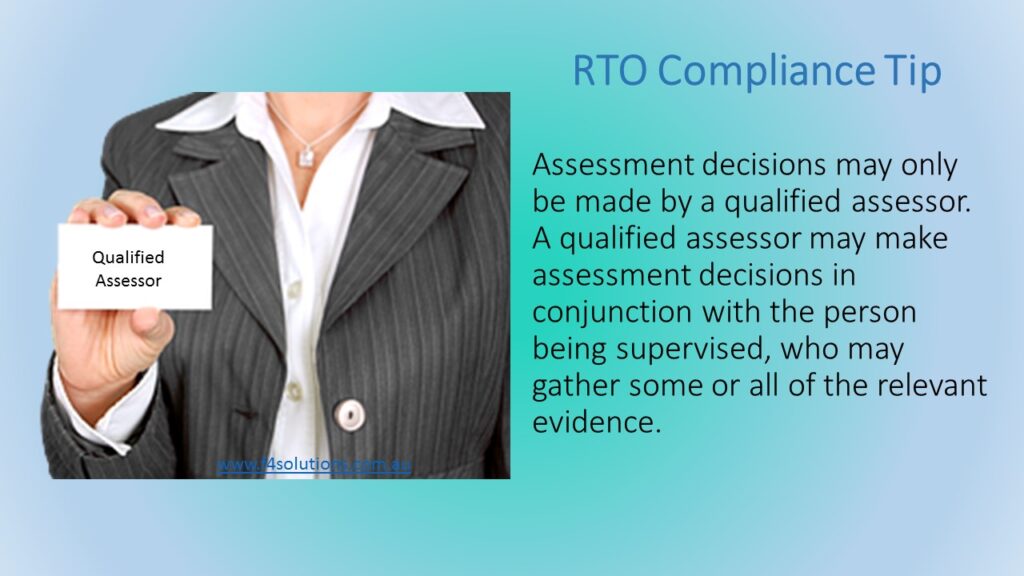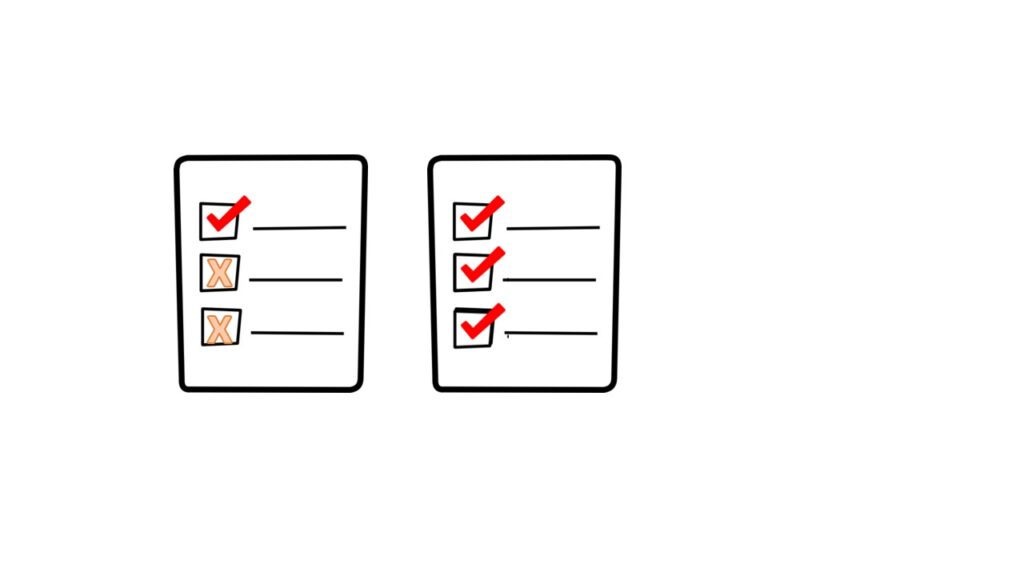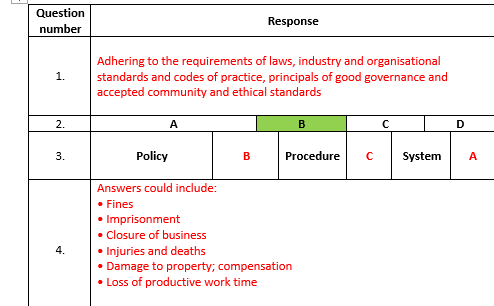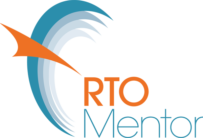Are you undertaking a process of rigour in your RTO assessments?
Your RTO assessments provide the skills to your learners. The current and future workforce needs to be trained to meet the skill needs of innovative employers. By learning about innovative technologies during their training, workers are able to introduce newer practices into less technologically advanced workplaces.
When different assessors are marking assessments you MUST give them guidelines to say this, this and this must be answered (as your case may be). The answer keys provide rigour. They also ensure the assessment answers map back to the unit of competence they were written against. And they reduce the risk of having your assessments NOT meet the unit / Training Package requirements.

So what does your RTO assessments marking guide need to contain?
Well information of the expected responses or correct answers; what constitutes a “satisfactory response and any product requirements.
This marking guide is only used at the end of the assessments, not as an instruction tool for the assessments to commence. So don’t fill it with superfluous information.
Provide specific answers or ones that could be provided i.e. when asking for samples of workplace procedures you will receive many versions.
For the practical RTO assessments, the assessor should use checklists of requirements for each observed activity. For example the candidate can be informed that they will be observed in the workplace undertaking a pre-start check according to legislative and workplace requirements. The assessor would have a checklist on what these requirements should be.
Each checklist needs to have place for comments, context, where, when, why it took place.

When marking against written reports, case studies, projects or portfolios you must specify what needs to be seen in the answers. A list of items to be gathered is not sufficient. The answer needs to specify what the candidate is demonstrating.
A marking guide assists in the reliability of the assessment tools and the fairness.

What are auditors looking for?
You need to amke sure our workers are skilled. So your marking guides provides information to the Assessor to guide compliance. Consider the foundation skills framework which currently details performance in five core skill areas: learning, reading, writing, oral communication and numeracy.
Often we see marking guides that look like this:

Whilst beneficial to the assessor, it is recommended that any “Musts” are also included. For example in question 4 above, you might asterix points that MUST be addressed. This way there is no discussion whther the student is actually answering the question correctly.
Want to have an Internal Audit to check your resources?
